Lately we’ve been trying to take advantage of as much Swedish summertime as humanly possible, so we decided to grab a couple friends and go for another hike and overnight camping trip at Tyresta National Park to follow up the first one of the year. If you’re looking for other places to camp near Stockholm, I also recommend Björnö Naturreservat.
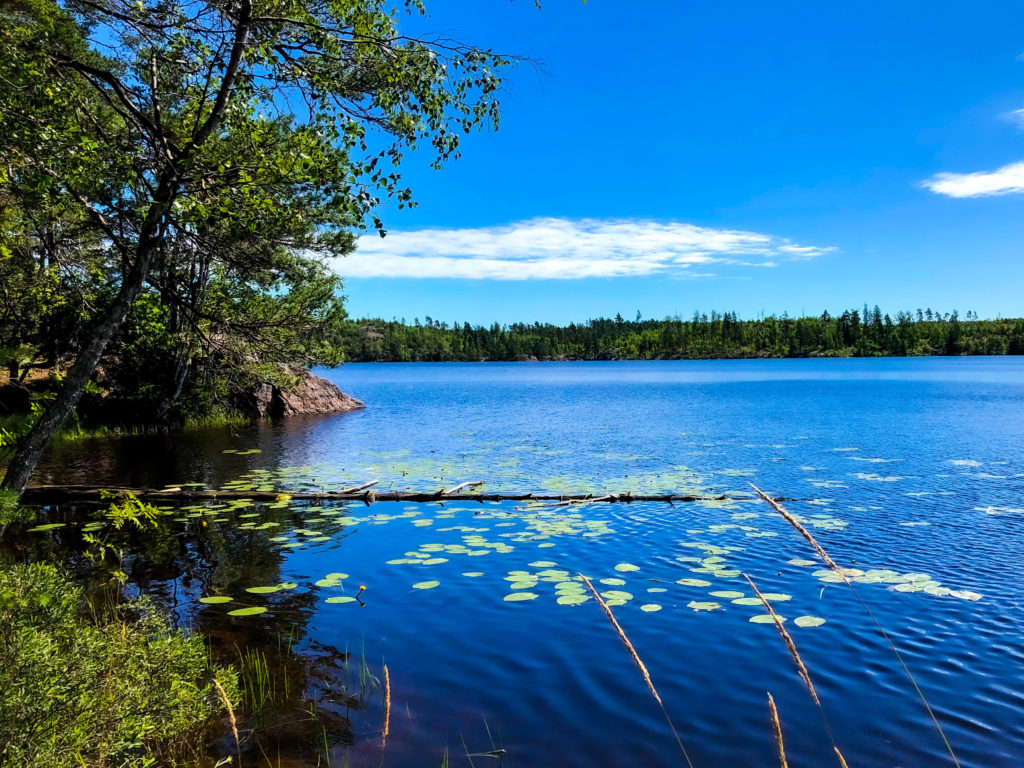
Trail Route and Conditions
As usual, I tried to log as much of the route as possible. On the way there we took a more direct path to our campsite, but one that crosses through the middle of brandområdet.
In keeping with the theme of the blog, here’s a mini Swedish word lesson:
Brand: A fire, specifically an uncontrolled accidental fire. As opposed to an Eld which could be a campfire, or some other fire with a purpose.
Område: An area, region, or territory.
Put together, brandområdet means “the fire area”, but more specifically an area where about 20 years ago there was a forest fire. This left all kinds of old dead twisted trees, and bare exposed rock.
You’ll see on the trail maps we decided to take a longer route back and avoid this area. In the middle of the day, in the middle of summer, all that bare exposed rock gets really really hot, so in this case I think it was absolutely worth it to hike a little further to stay in the shade longer.
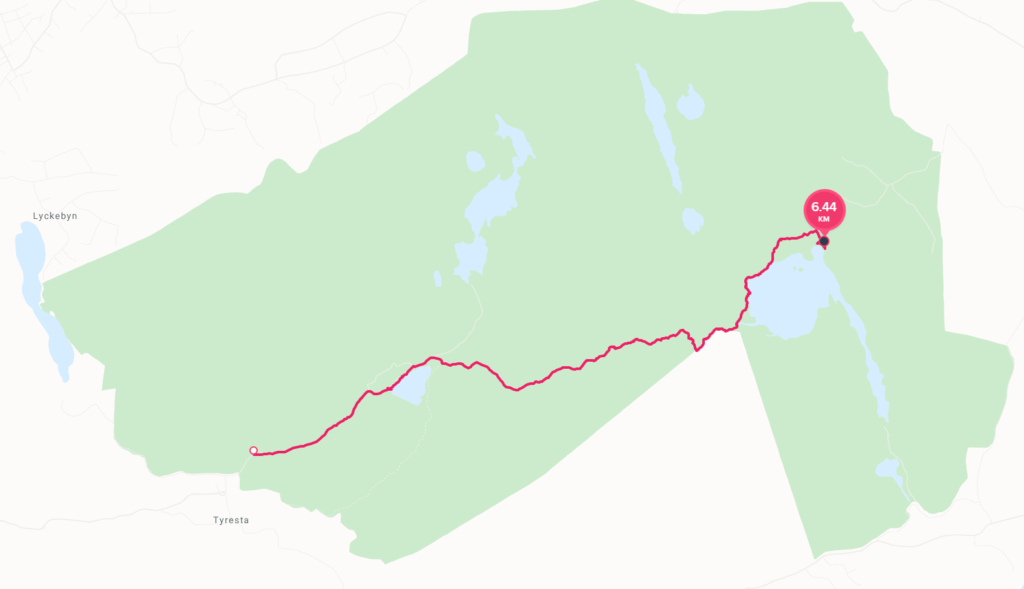
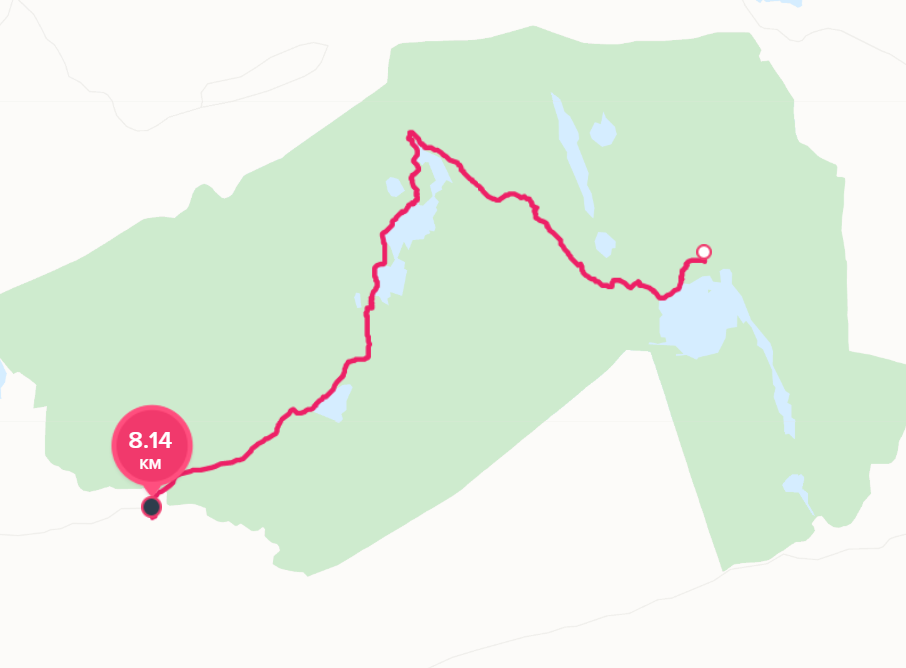
Nature and Notable Views
The cool thing about Tyresta is that every 20 minutes or so, the scenery and plant life will change drastically. You can hike over rocky hilltops, down into swampland, through prehistoric looking ferns and undergrowth, and into a peaceful forest within a 30 minute span. We all kept joking that it was like switching zones in a video game. It definitely keeps things interesting.
But the highlights this time were stumbling into massive patches of blueberries, and finding a 1000+ year old stone wall ruin.
Iron Age Stone Hill Forts
One of my favorite things about being able to explore so freely throughout Sweden is coming across things like this seemingly every other week. Right in the middle of Tyresta are what seem to be piles of rocks at first glance, but up close are the ruins of stone walls protecting the top part of a series of hills. They can apparently be found throughout much of Europe, and in Scandinavia were used as more of a last-ditch defensive stand against invading tribes rather than surrounding settled areas.
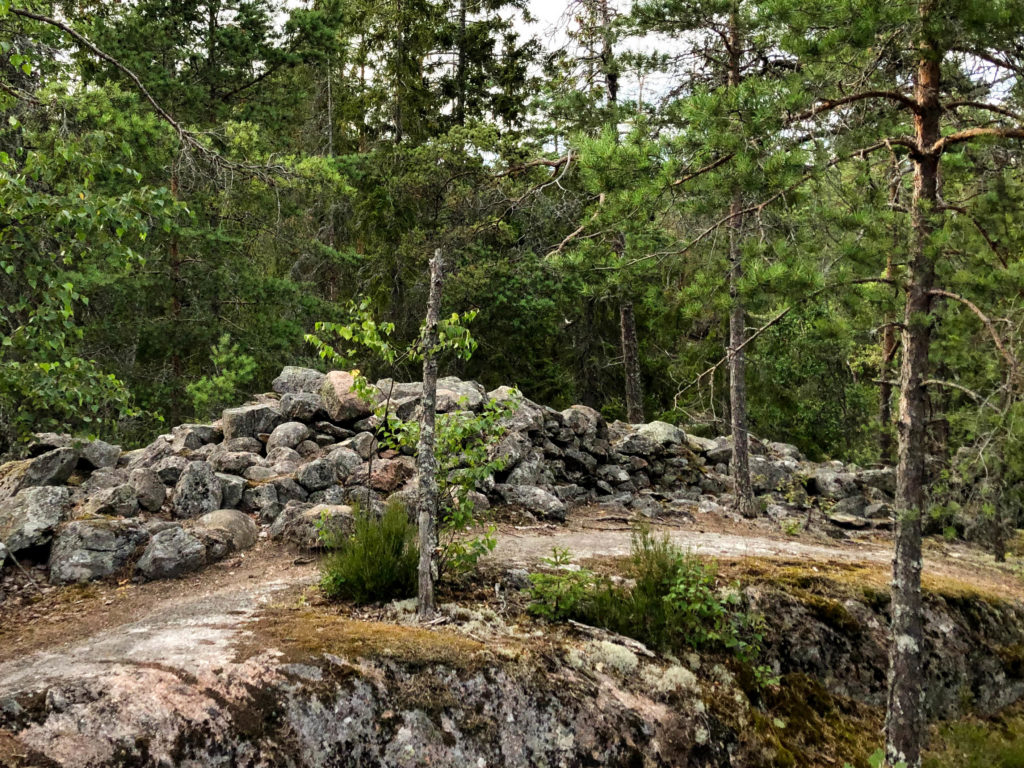
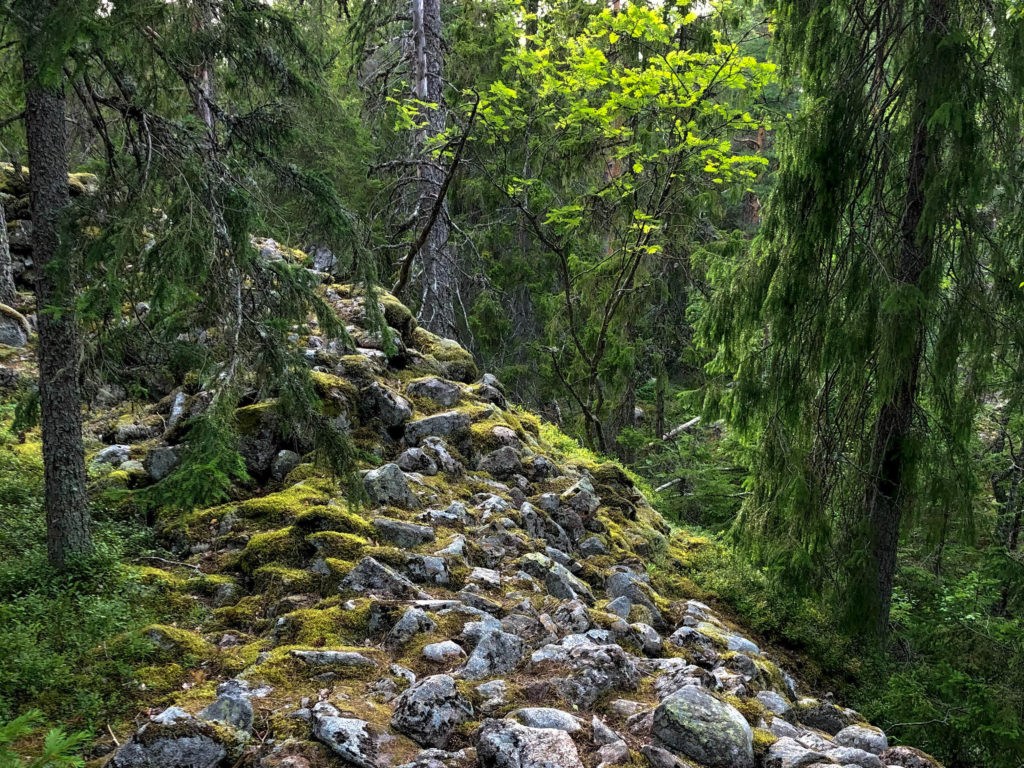
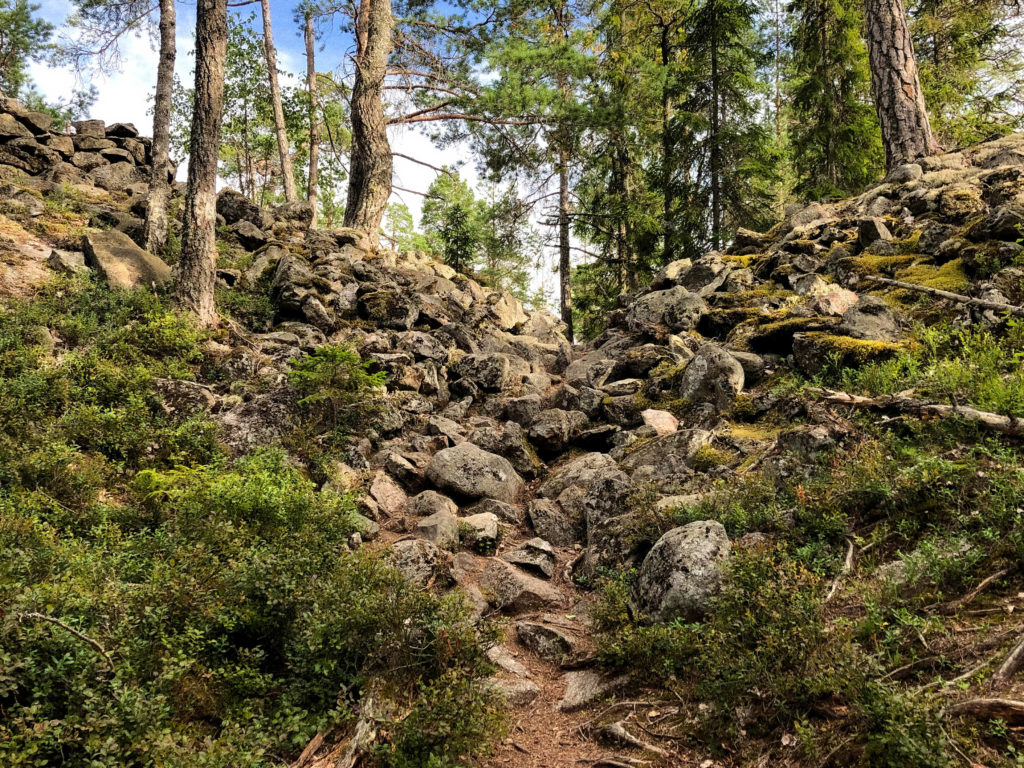
Blueberry fields forever
Another required activity to fully experience Swedish summer is picking wild blueberries. I was skeptical of this at first as I try not to make a habit of eating things I’ve picked up right off the ground, but everyone else in our party was busy diving into the bushes, so I was finally won over.
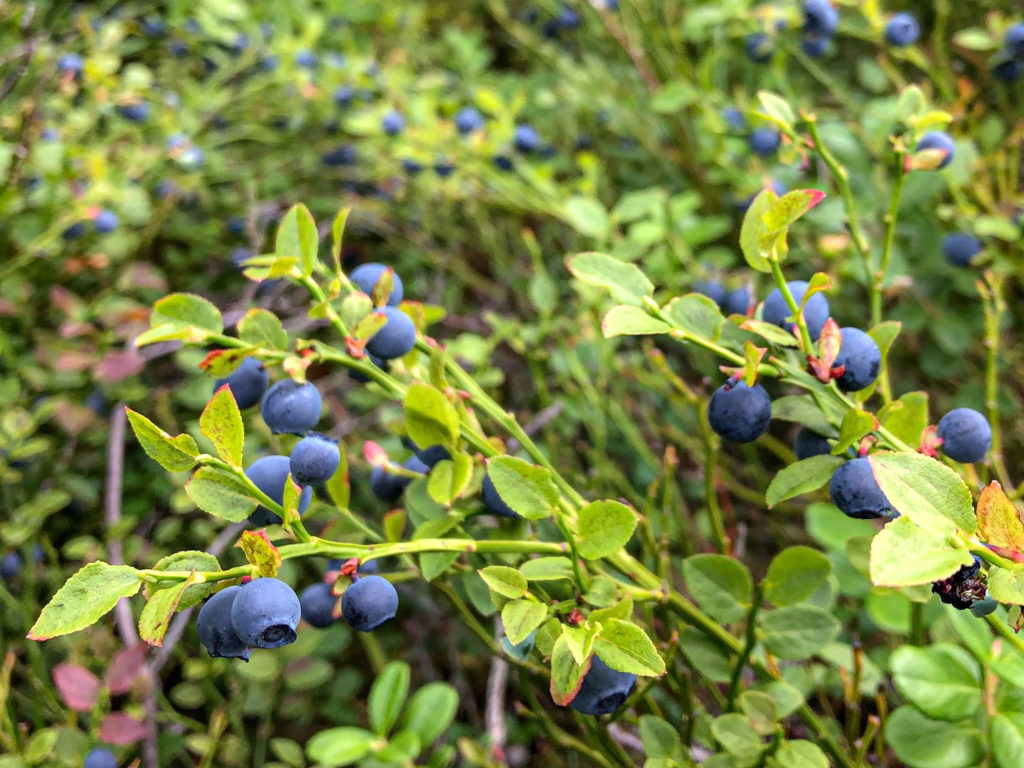
It turns out that when you find a good blueberry picking spot, it’s almost addicting to sit there and try to hoard as many as you can. Finding a good patch is like striking gold, and while not as closely guarded a Swedish secret as mushroom picking sites, you might feel tempted to keep the prime locations to yourself.
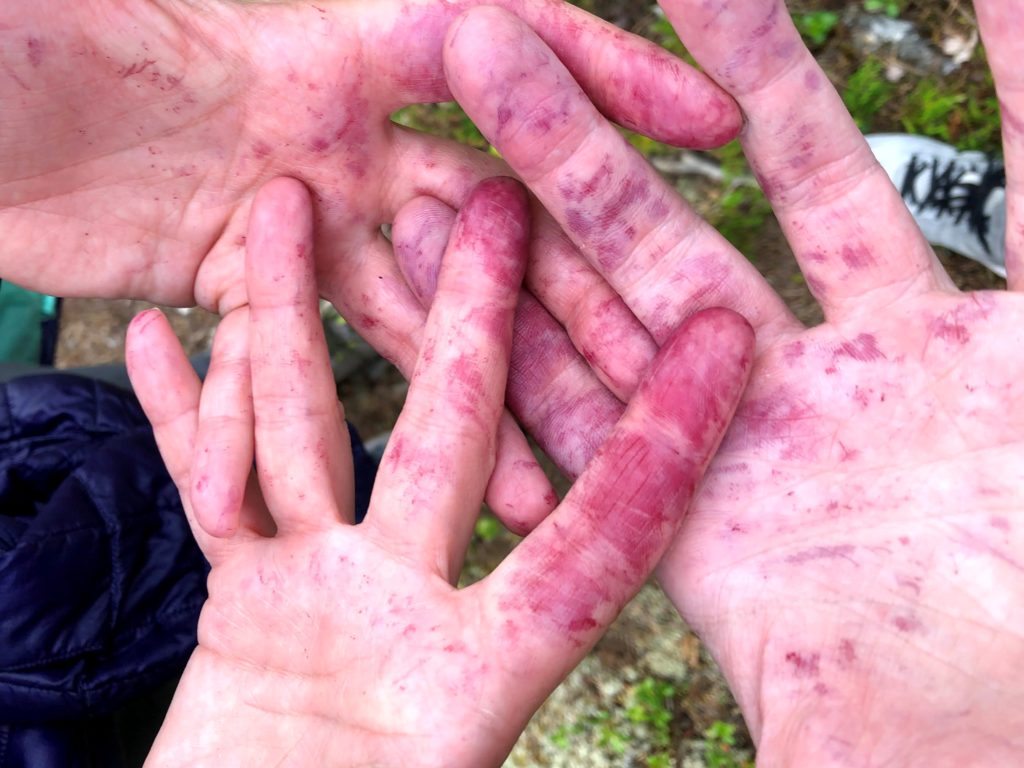

Hey! I’m wondering if there are any camp sites in Tyresta National Park?